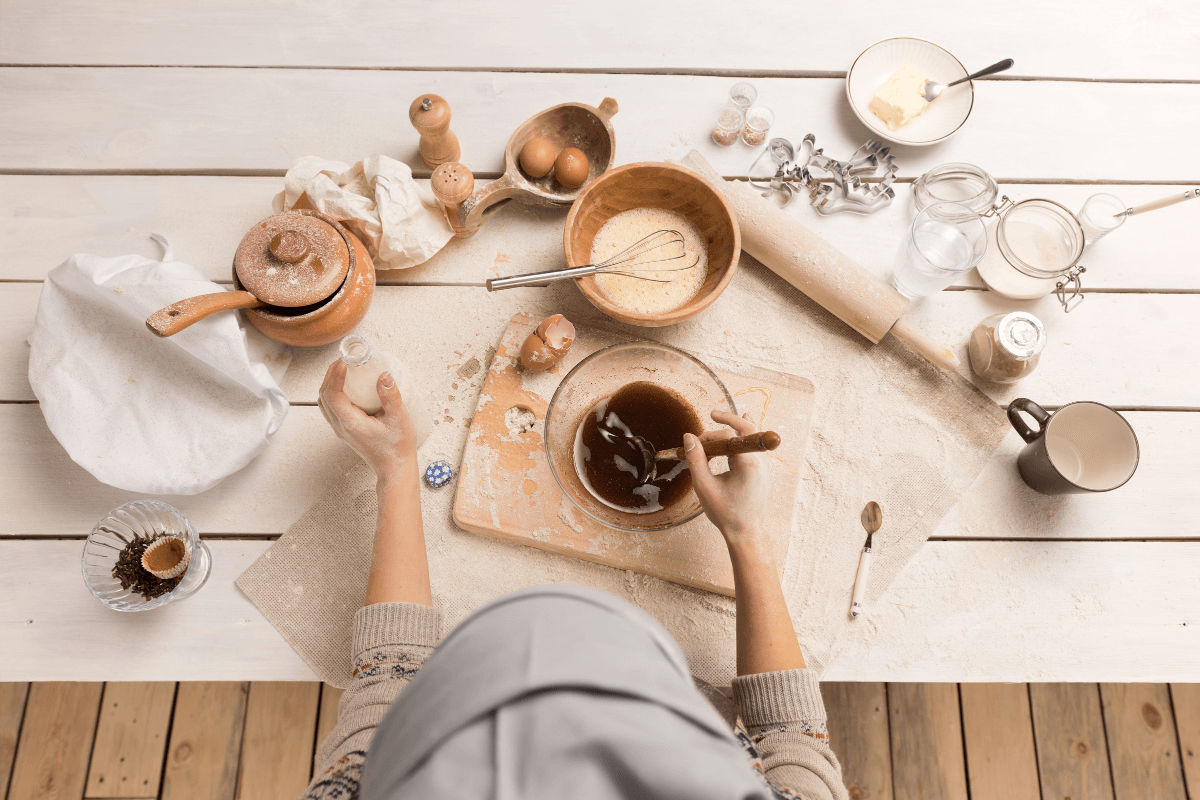Blisters are small, fluid-filled bubbles on the skin that form as a result of friction, heat, or infection. The majority of this fluid is lymph, which helps keep our tissues and bloodstream clean, although a blister may also contain some amounts of plasma, blood, or pus as well. Blisters actually form as a defense mechanism to protect the lower levels of skin, but despite their best intentions, they can be quite painful. For this reason, we have put together a list of 8 ways to prevent blisters.
Shoes
Since blisters often form as a result of friction, one of the primary suspects will always be the type of shoe you wear. If you are wearing shoes that are too tight, parts of your feet will constantly be rubbing against them. On the flipside, if you wear shoes that are too loose, your feet will move around inside them and drag unnecessarily, which can also cause blisters. Therefore, one of the best ways to tackle blisters is to make sure you are wearing the right shoes, which you can learn more about in our blog on finding the right shoe for your foot type.
Socks
Of course, there’s no point in investing in some new shoes only to throw away all the benefits for a pair of cheap socks. Your socks are the first and last line of defense for the skin on your feet, so it is important to pick the right ones. To prevent blisters, synthetic socks are better than all-natural materials such as cotton, as synthetics will wick away any excess moisture, which helps keep the feet dry. This prevents the skin from weakening and cracking, which leaves you susceptible to blisters. For extra protection, you can wear two pairs of socks, which will also help reduce friction.
Lubricate Your Feet
If the first two options don’t work for you, you can step things up a notch by lubricating your feet directly. Many professional runners use this strategy as it greatly reduces the friction felt by the skin on your feet. Petroleum jelly is perfectly suited to this task, although there are also products specifically made for this purpose, such as RunGoo.
Keep Your Feet Dry
Although lubricating your feet is an effective way to prevent blisters, so is keeping them dry. Your skin becomes weaker and easier to break when wet, which can cause the skin to break and blisters to form. Sprinkling cornstarch or talcum powder in the socks and shoes is a popular way to help keep the feet dry, with some runners even using anti-perspirant as well.
Protect At-Risk Areas
Most people will find that some areas are more prone to developing blisters than others. The back of the heel is just one example of an area that is extremely likely to develop one. If blisters are something you experience regularly, identify these areas, and protect them with the likes of a bandage, sports tape, or gel patch.
Thicken the Skin
While many people think that calluses are bad or undesirable, they are actually nature’s way of protecting your skin. The more you work out, the more you will build up calluses, and although you may be tempted to soften or shave them down, these thick patches will help prevent blisters from forming. You can also apply 10% tannic acid to the feet to help speed up the process.
Stay Tuned
Once you’ve had a few blisters, you’ll start to recognise the warnings signs that one is forming. It can be hard to notice in the beginning, but an early stage blister will look like an area of pale, slightly loose skin, and will be sensitive to the touch. If you notice one forming, stop your workout, and take measures to prevent the blister growing, such as applying a plaster.
Blister Prevention Spray
As the name implies, blister prevention spray is a spray-on product that creates a protective layer on the skin, essentially a fake layer of skin to absorb all the friction. If other methods such as petroleum jelly or talcum powder have failed, this purpose-built product may be the answer.
Blisters may not be the biggest medical problem a person can face, but they can be uncomfortable, increase the risk of infection, and throw a spanner in your workout routine. Fortunately, even just one of the solutions outlined above could be enough to help you prevent blisters, so try out different combinations and find out which ones can help you lead a more blissful, less blistery life.











